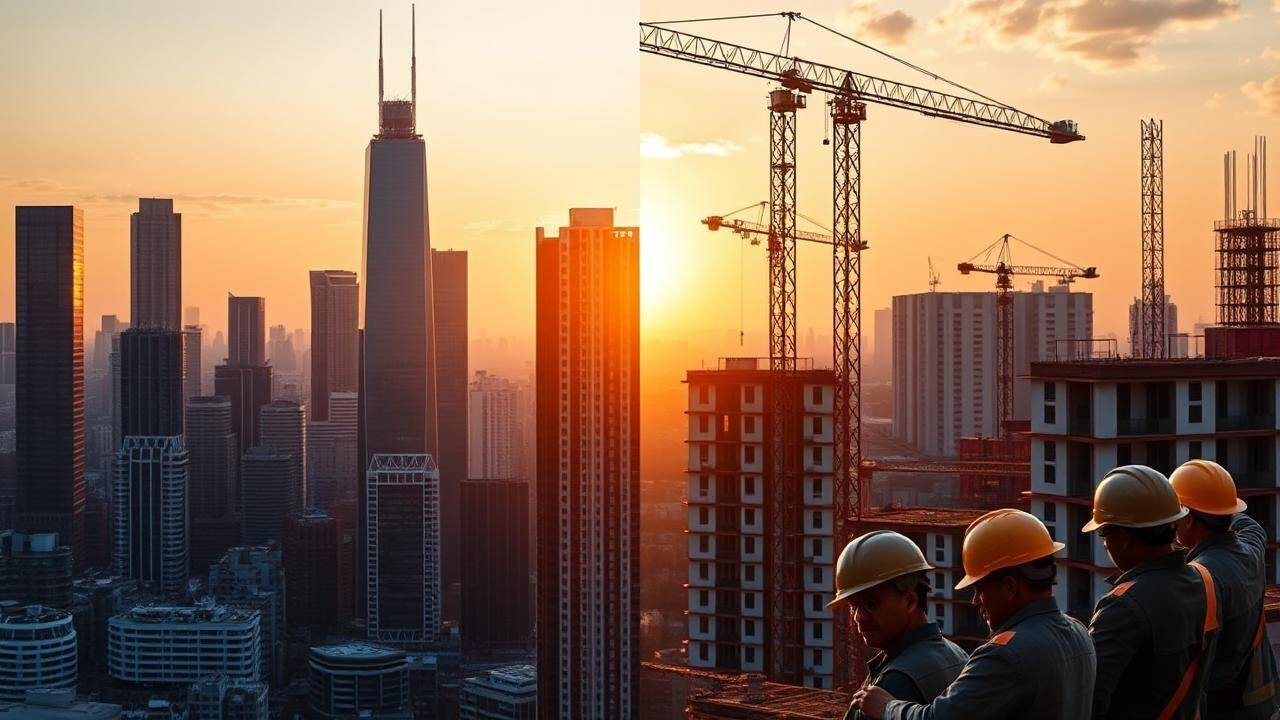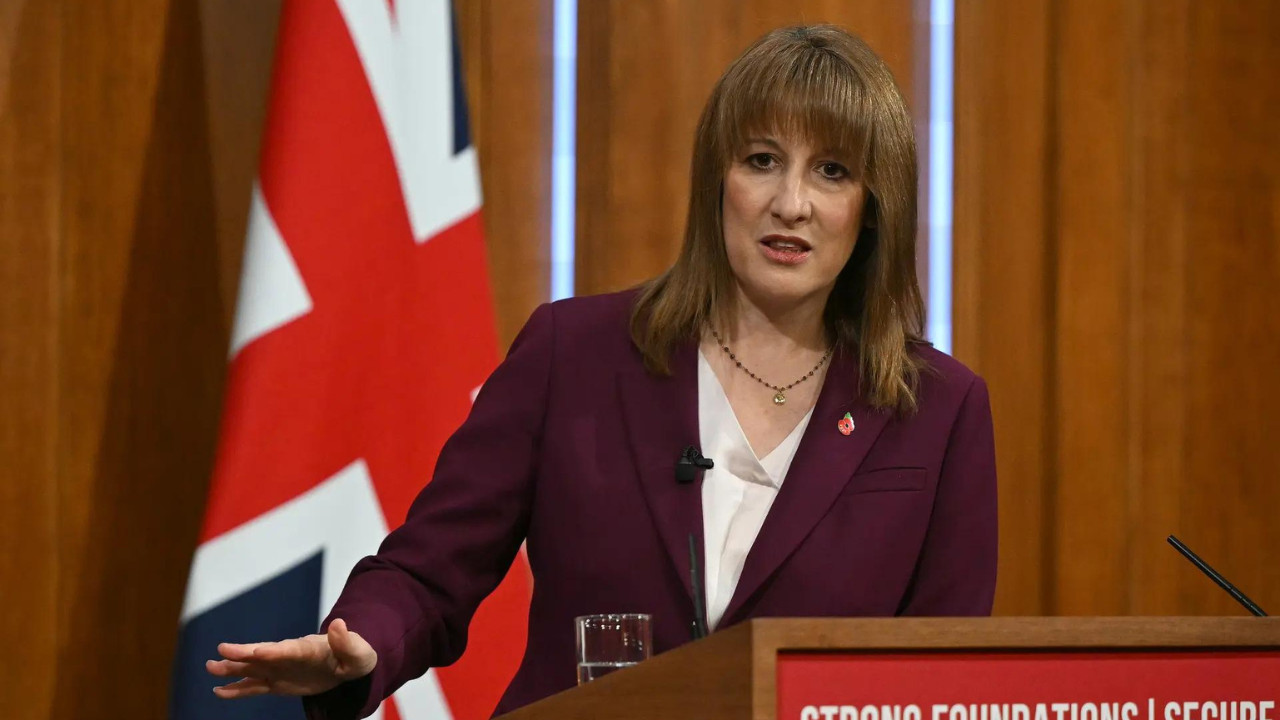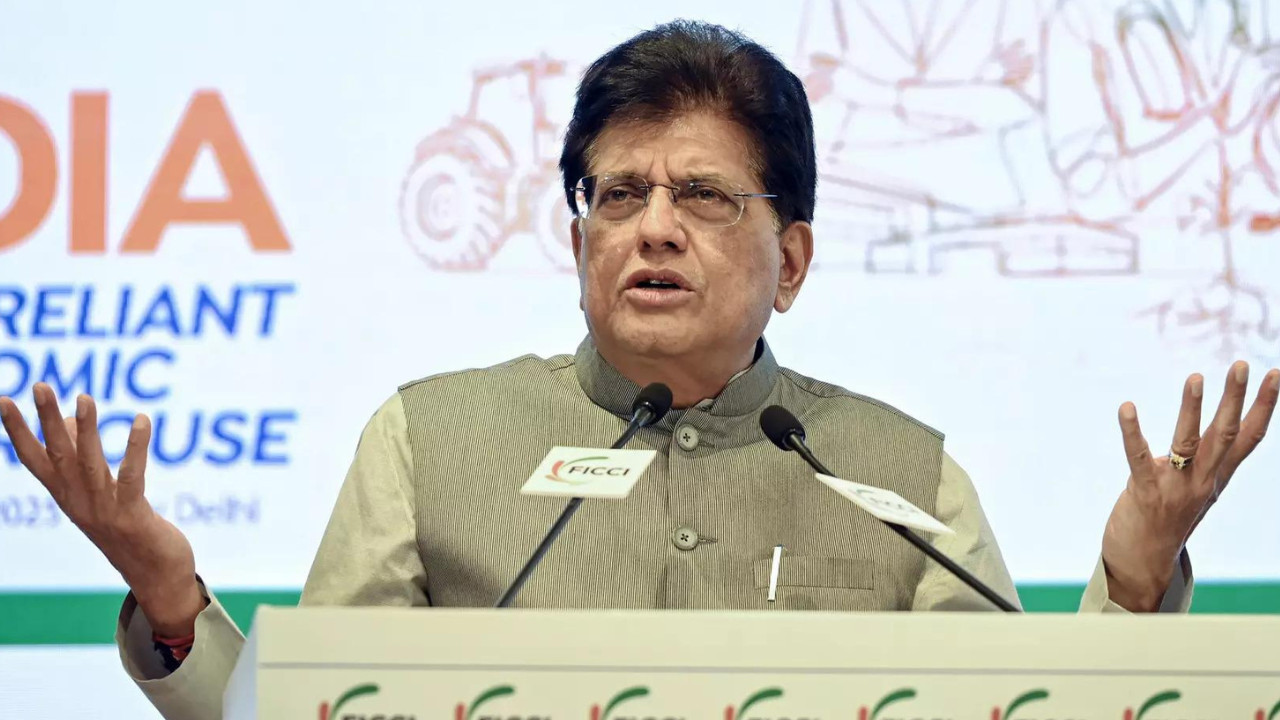India’s property market has attracted nearly $80 billion in institutional investments over the past 15 years, establishing itself as a preferred asset class. Foreign investors have been the primary contributors, but domestic capital is increasingly gaining traction, especially post-pandemic.
The Smart Money is Still Flowing into Indian Real Estate
India’s real estate market – a landscape once dominated by local players – has undergone a seismic shift. The past decade and a half has witnessed a massive influx of institutional capital, transforming the way property development is financed and executed across the country. We’re talking serious money here: a staggering $80 billion since 2010. But what’s driving this investment surge, and who are the key players shaping the future of Indian real estate?
<img src="image-of-institutional-investment-in-indian-real-estate.jpg" alt="Aerial view of a modern Indian cityscape, illustrating the growth fueled by institutional investment in the country’s real estate sector.” width=”600″ height=”400″>
One striking feature of this investment boom is the dominance of foreign capital. International investors have contributed a whopping 57% of the total $80 billion poured into Indian real estate. This isn’t just a passing fad; it signals a long-term confidence in the Indian economy and the potential of its property market.
Why Are Institutional Investors So Bullish on Indian Real Estate?
Several factors are fueling this optimistic outlook. First, India’s burgeoning middle class, coupled with rapid urbanization, is creating unprecedented demand for both residential and commercial properties. The dream of owning a home remains strong, and businesses are eager to establish themselves in India’s growing economic hubs.
Second, the Indian government has implemented a series of reforms aimed at improving transparency and streamlining the real estate sector. Initiatives like the Real Estate (Regulation and Development) Act, or RERA, have instilled greater confidence among investors by providing a framework for accountability and consumer protection.
Third, and perhaps most importantly, the returns on investment in Indian real estate have been consistently attractive compared to other markets. Despite global economic uncertainties, India has remained a relatively stable and high-growth economy, making it an appealing destination for investors seeking long-term value.
Where is the Money Going? Focus on Commercial Real Estate
While residential property remains a significant segment, a large chunk of institutional investment is flowing into commercial real estate, including office spaces, retail centers, and warehousing facilities. This trend reflects the growing demand from businesses looking to expand their operations in India, as well as the increasing sophistication of the Indian consumer market.
Imagine towering glass office buildings in Gurgaon, bustling shopping malls in Mumbai, and massive logistics parks strategically located near major transportation hubs. These are the kinds of projects that are attracting significant institutional interest.
And let’s not forget the burgeoning data center market. As India’s digital economy continues to explode, the demand for data storage and processing capacity is soaring, creating lucrative opportunities for investors in this specialized segment of institutional investment within real estate.
Who Are the Key Players Driving the Indian Real Estate Boom?
The landscape of institutional investors in Indian real estate is diverse, ranging from global private equity firms to sovereign wealth funds and pension funds. These entities bring not only capital but also expertise and best practices from around the world.
Prominent names like Blackstone, Brookfield, and GIC (Singapore’s sovereign wealth fund) have been particularly active in the Indian market, investing in a wide range of projects and forging partnerships with local developers. These partnerships are crucial, as they combine global financial muscle with local knowledge and execution capabilities.
This collaborative approach is fostering innovation and driving the development of world-class real estate projects across India. You might also want to read our previous post on the growing trend of sustainable building practices in Indian real estate, to further appreciate the sector’s transformative evolution.
The Future of Institutional Investment in Indian Real Estate
The momentum behind institutional investment in Indian real estate shows no signs of slowing down. As India’s economy continues to grow and its regulatory environment becomes more investor-friendly, we can expect to see even greater inflows of capital in the years to come.
The focus is likely to remain on commercial real estate, particularly in high-growth sectors like technology, e-commerce, and logistics. However, there will also be opportunities in affordable housing and other segments that cater to the needs of India’s rapidly expanding population.
The infusion of $80 billion is more than just a number; it represents a fundamental shift in the way Indian real estate is developed and financed. It’s a story of global capital recognizing the immense potential of the Indian market, and of India embracing innovation and creating a more transparent and efficient property sector. The continued growth in India’s real estate market, boosted by smart money from around the globe, is poised to shape the nation’s landscape for decades to come.
Slug suggestion: institutional-investment-indian-real-estate







